The Villar Perosa was a rather odd weapon developed by noted designer Revelli in Italy in 1914 and adopted into service in 1915. It was a basically a pair of open-bolt submachine guns (pre-dating shoulder-fired submachine gun designs, interestingly) mounted side by side with a set of spade grips. It had an extremely high rate of fire (1200-1500 rpm form each barrel), and was initially intended for use on aircraft, against other aircraft. However, it was quickly made obsolete in this role by improvements in aircraft durability. It was also adapted to serve as a ground machine gun. Of course, it also suffered from having no practical grip or stock.
The most common practice when using the gun in a support role was to fire one barrel at a time, while an assistant gunner changed magazines. Used this way, a more continuous fire could be maintained – although a single 25-round magazine would take no more than a single second to empty.
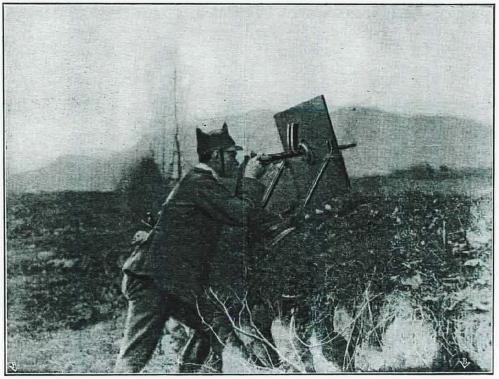
The tactical role of the Villar Perosa changed throughout the war, as it was tried in different combat situations and soldiers developed more effective ways to exploit its strengths and avoid its weaknesses. In its intended use as a light machine gun for infantry support is was a failure due to its lack of range and small magazine capacity combined with its high rate of fire. It was more successfully used by Italian alpine troops, who lacked any other machine gun that was portable enough for mountain use. Eventually, tactics were developed to use the Villar Perosa in walking fire (like a BAR, actually) with a sling or harness. However, the final use of most Villar Perosa guns was to be broken down and their components used to build M1918 submachine guns by adding wood stocks, forearms, and conventional triggers to single-barrel halves of the gun.
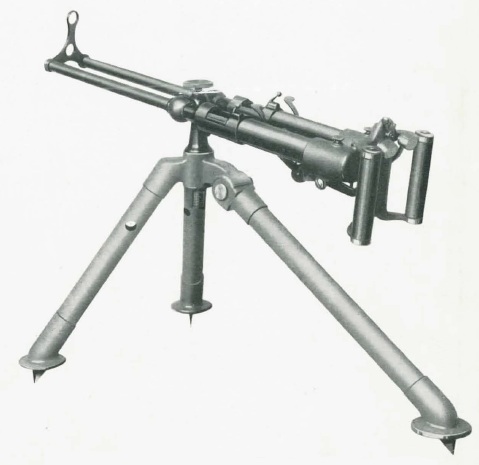
Most references to the Villar Perosa describe it as being chambered for the 9mm Glisenti cartridge, but we have found (and made available for download below) a manual in English which specifies the use of 9×19 Luger for the gun. The two cartridges are effectively identical in physical dimension, with the difference lying in powder charge. Some of the Villar Perosa guns were made in Toronto under contract with the Italian government – perhaps these Canadian guns were proofed for 9mm Luger? Or perhaps the reference is simply an error. We don’t know, but we’re looking for more information.
Manuals
This Italian manual on the Villar Perosa covers use and disassembly/maintenance of the gun. It is in Italian, and includes pictures of all the component parts.
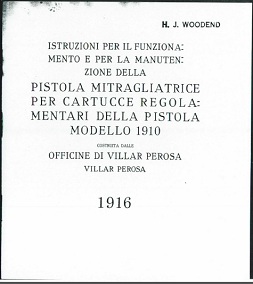
This is a English-language promotional brochure or manual for the Villar Perosa (here called the Revelli Automatic Machine Gun), most likely printed in Canada.
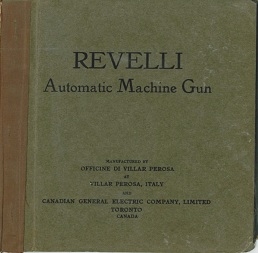
Photos
We have this gallery of pictures of a .455 Webley Villar-Perosa sent to the UK government for trials, courtesy of the the National Firearms Centre in Leeds:





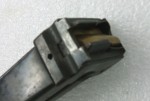
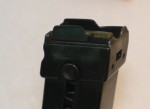
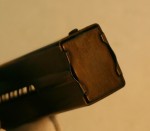



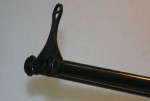
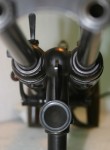






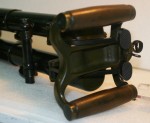
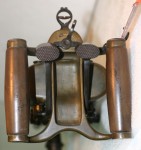
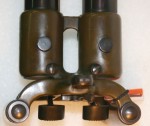
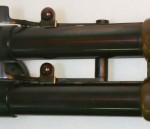

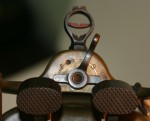
And what about the 9 mm x 23 Steyr chambered Sturmpistole M.18, an Austro-Hungarian knock-off of the OVP?
When I first saw these in the scene from Indiana Jones and the Last Crusade where Sean Connery shoots the tail off the biplaine he and Harroson Ford are escaping in, I thought they were a poorly convieved studio contrivance! It’s fascinating to learn they were real! The ones on the movie featured perforated barrel jackets…were these ever used on real V.P. aircraft guns, or did the studio get in a mod after all? Great site, by the way!!!
I believe it was a prop gun made to look like a Villar Perosa. IMFDB says it was a pair of Beretta 38/42s mounted upside down and redressed, and I don’t see any reason to doubt that.
Does any one know what it is worth.
If you can find one for sale in working order it would probably be in the 40-60k USD
A fine registered example, as well as gunners chest with spare magazines will be coming to auction at James D. Julia auction on either Oct 15, or Mar 15.
The Italian manual actually confirms that it is chambered for the 9mm Glisenti (First page, “Cartucce regolamentari della pistola Modello 1910”, which translates to “standard cartridges for the Model 1910 pistol”).
bicycle-mounted villar perosa
http://sadefensejournal.com/wp/wp-content/uploads/2014/09/wwi04.jpg
lifted from
http://www.sadefensejournal.com/wp/?p=2782
Is that the 455 webley revolver cartridge that it uses or is it the rimless version for the automatic pistols?
In 1918, Austria-Hungary created a copy of the VP, the Sturmpistole M.18, which featured a straight magazine rather than curved magazines.
“Eventually, tactics were developed to use the Villar Perosa in walking fire (like a BAR, actually) with a sling or harness.”
The sling and wooden platform received the nickname “cigarette girl”.